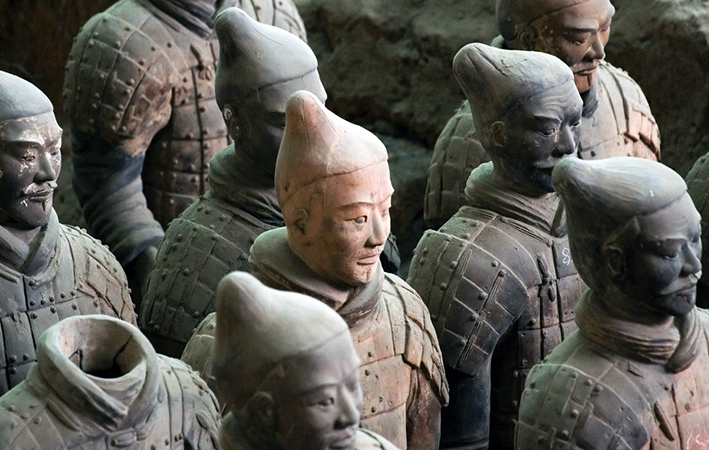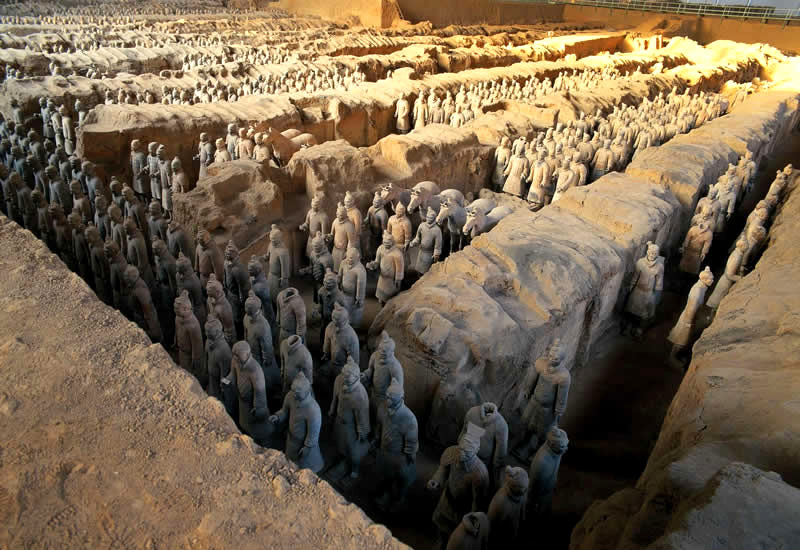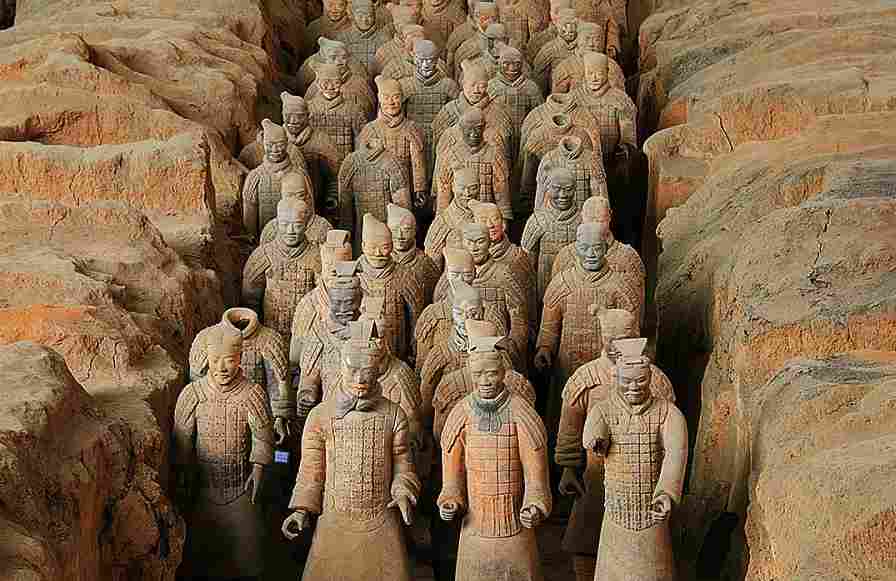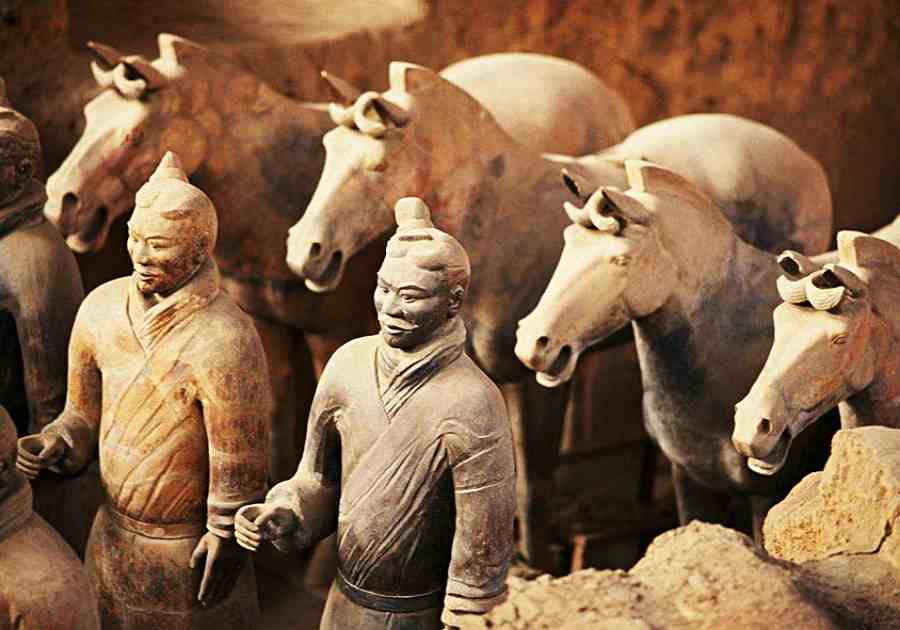Qin Shi Huang, the first emperor of a united China, established the Qin dynasty. He ruled China as the first “emperor” of the Qin dynasty from 221 to 210 BC. Historion has noted that he used the title “emperor” rather than the title of “king” held by the preceding Shang and Zhou emperors.
Even though he was buried more than 2,200 years ago—in 210 BC—archaeologists are still frightened to open his tomb.
A terracotta army of soldiers and horses is stationed in front of the tomb of Qin Shu Huang. Farmers in the Chinese province of Shaanxi found it in 1974.
While archaeologists have explored the area, the tomb remains a mystery, and for good reason.
A report by IFL Science published on July 29 says that the archaeologists believe the tomb will cause damage. There are also rumours that it contains deadly booby traps that could kill whoever tries to enter.


The report mentioned that over 100 years after Qin Shu Huang’s death, writings by Chinese historian Sima Qian claimed: “Palaces and scenic towers for a hundred officials were constructed and the tomb was filled with rare artefacts and wonderful treasure”.
“Craftsmen were ordered to make crossbows and arrows primed to shoot at anyone who enters the tomb. Mercury was used to simulate the hundred rivers, the Yangtze and Yellow River, and the great sea, and set to flow mechanically,” he continued.


Forget about the alleged crossbows since, according to some accounts, there are still worries of liquid mercury seeping through the cracks even if they break after such a long time.
According to research presented in a report published in 2020, “highly volatile mercury may be escaping through cracks, which developed in the structure over time, and our investigation supports ancient chronicle records on the tomb, which is believed never to have been opened/looted”.

No one is certain what might happen once some scientists open the tomb using non-invasive methods, according to reports.
SOURCE: INDEPENDENT PRESS AND NEWS AGENCIES
______________________________________________________________
FOLLOW INDEPENDENT PRESS:
TWITTER (CLICK HERE)
https://twitter.com/IpIndependent
FACEBOOK (CLICK HERE)
https://web.facebook.com/ipindependent
Think your friends would be interested? Share this story!





